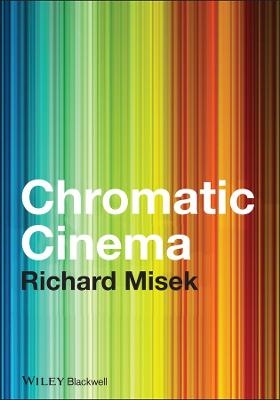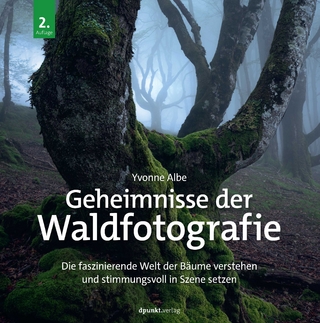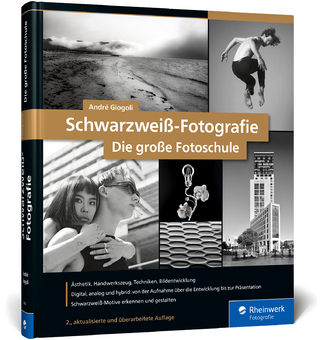
Chromatic Cinema
Wiley-Blackwell (Verlag)
978-1-4443-3239-1 (ISBN)
Chromatic Cinema Color permeates film and its history, but study of its contribution to film has so far been fragmentary. Chromatic Cinema provides the first wide-ranging historical overview of screen color, exploring the changing uses and meanings of color in moving images, from hand painting in early skirt dance films to current trends in digital color manipulation.
In this richly illustrated study, Richard Misek offers both a history and a theory of screen color. He argues that cinematic color emerged from, defined itself in response to, and has evolved in symbiosis with black and white. Exploring the technological, cultural, economic, and artistic factors that have defined this evolving symbiosis, Misek provides an in-depth yet accessible account of color’s spread through, and ultimate effacement of, black-and-white cinema.
Richard Misek is a film-maker and Lecturer in Screen Studies at the University of Bristol, UK. He has been published widely in film journals, and his short films have been shown at festivals including Cannes, Raindance, and Clermont-Ferrand, and broadcast on BBC2 and Channel 4.
List of Plates ix
Acknowledgments xi
Introduction 1
1. Film Color 14
Coloration in Early Cinema, 1895–1927 14
The Rise of Technicolor, 1915–35 25
Chromatic Cold War: Black-and-White and Color in Opposition 29
“Technicolor Is Natural Color”: Color and Realism, 1935–58 35
Chromatic Thaw: Hollywood’s Transition to Color, 1950–67 41
2. Surface Color 50
Color in European Film, 1936–67 50
Chromatic Ambivalence: Art Cinema’s Transition to Color 57
“Painting with Light”: Cinema’s Imaginary Art History 65
Unmotivated Chromatic Hybridity 68
Monochrome Purgatory: Absent Color in the Soviet Bloc, 1966–75 77
3. Absent Color 83
Black-and-White as Technological Relic, 1965–83 83
Black-and-White Flashbacks: Codifying Temporal Rebirth 89
Black-and-White Films, 1967–2007 97
Nostalgia and Pastiche 111
4. Optical Color 117
Cinema’s Newtonian Optics 117
White Light: Hollywood’s Invisible Ideology 122
Darkness Visible: From Natural Light to “Neo-Noir,” 1968–83 132
Cinematography and Color Filtration, 1977–97 139
Case Study: Seeing Red in Psycho 147
5. Digital Color 152
Crossing the Chromatic Wall in Wings of Desire 152
An Archaeology of Digital Intermediate, 1989–2000 155
Digital Color Aesthetics, 2000–9 164
Conclusion: Painting by Numbers? 179
Notes 181
Bibliography 195
Index 210
| Erscheint lt. Verlag | 9.4.2010 |
|---|---|
| Verlagsort | Hoboken |
| Sprache | englisch |
| Maße | 160 x 239 mm |
| Gewicht | 522 g |
| Themenwelt | Kunst / Musik / Theater ► Film / TV |
| Kunst / Musik / Theater ► Fotokunst | |
| Sachbuch/Ratgeber ► Freizeit / Hobby ► Fotografieren / Filmen | |
| Sozialwissenschaften ► Kommunikation / Medien ► Kommunikationswissenschaft | |
| ISBN-10 | 1-4443-3239-2 / 1444332392 |
| ISBN-13 | 978-1-4443-3239-1 / 9781444332391 |
| Zustand | Neuware |
| Haben Sie eine Frage zum Produkt? |
aus dem Bereich


